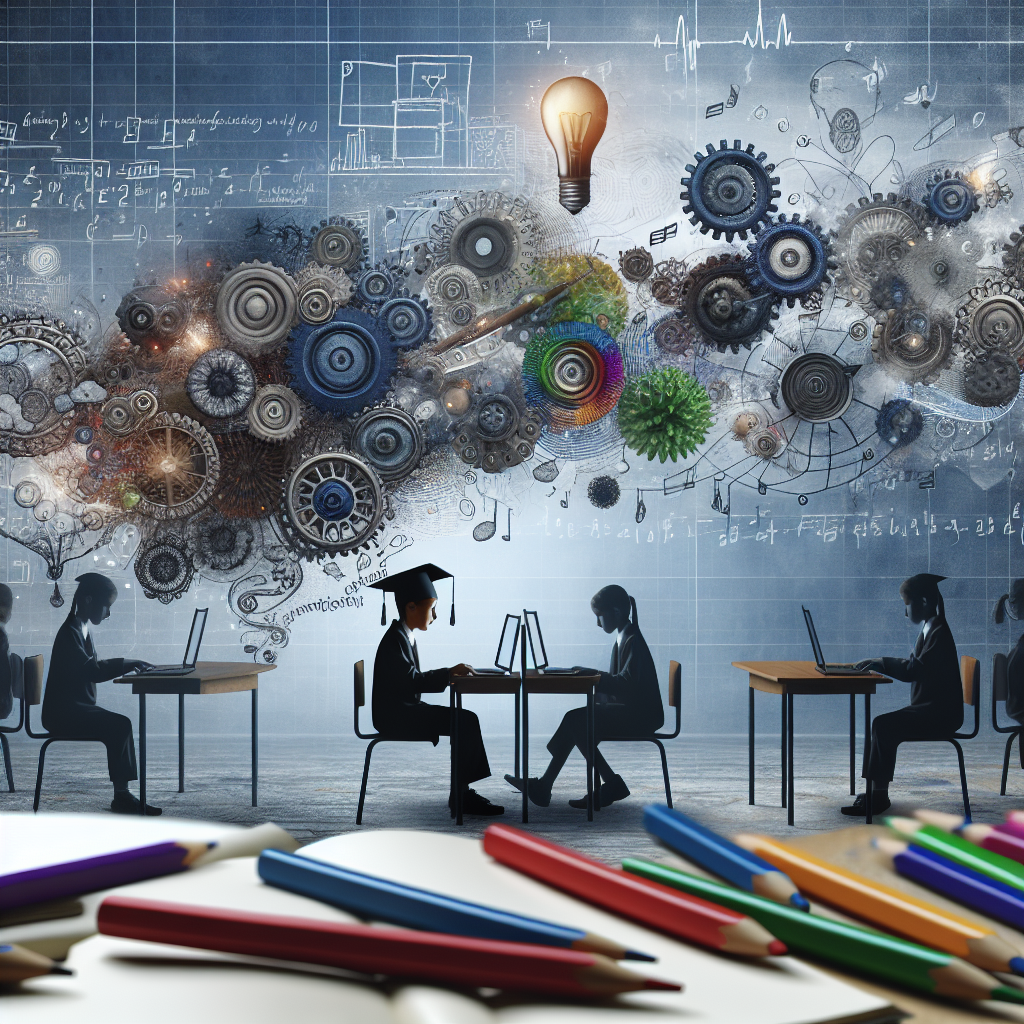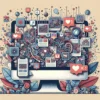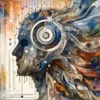Literasi Kreatif berdampak positif pada prestasi akademik dengan meningkatkan keterampilan berpikir kritis, kreativitas, dan pemecahan masalah.
Dampak Literasi Kreatif terhadap Prestasi Akademik
-
Table of Contents
The Impact of Creative Literacy on Academic Achievement in Indonesia

Introduction
Literacy is a fundamental skill that plays a crucial role in shaping an individual’s academic achievement. In recent years, there has been a growing emphasis on creative literacy and its impact on academic performance. Creative literacy refers to the ability to think critically, express oneself creatively, and engage with various forms of artistic expression. In Indonesia, where education is highly valued, understanding the impact of creative literacy on academic achievement is of utmost importance. This article explores the significant effects of creative literacy on academic performance in Indonesia.
The Importance of Creative Literacy
Creative literacy goes beyond traditional reading and writing skills. It encompasses the ability to think imaginatively, solve problems creatively, and communicate effectively through various mediums. In today’s rapidly changing world, where innovation and adaptability are highly valued, creative literacy plays a vital role in preparing students for future challenges.
Research has shown that students with strong creative literacy skills tend to perform better academically. They are more likely to excel in subjects such as language arts, mathematics, and science. Creative literacy encourages students to think critically, analyze information, and develop innovative solutions to problems. These skills are transferable across different academic disciplines, enabling students to excel in various subjects.
The Current State of Creative Literacy in Indonesia
While Indonesia has made significant progress in improving overall literacy rates, there is still a need to focus on developing creative literacy skills among students. The traditional education system in Indonesia often prioritizes rote memorization and standardized testing, leaving little room for creative thinking and expression.
According to a study conducted by the Indonesian Ministry of Education and Culture, only a small percentage of students in Indonesia demonstrate strong creative literacy skills. This lack of emphasis on creative literacy has led to a decline in academic performance, particularly in subjects that require critical thinking and problem-solving abilities.
The Benefits of Creative Literacy on Academic Achievement
1. Enhanced Critical Thinking Skills: Creative literacy encourages students to think critically and analyze information from multiple perspectives. This ability to think critically enhances their problem-solving skills and enables them to approach academic tasks with a deeper understanding.
2. Improved Communication Skills: Creative literacy involves expressing oneself effectively through various mediums, including writing, visual arts, and performing arts. Students with strong creative literacy skills are more likely to communicate their ideas clearly and persuasively, both in written and oral form.
3. Increased Motivation and Engagement: Creative literacy fosters a sense of curiosity and exploration among students. When students are encouraged to think creatively and express themselves, they become more motivated and engaged in their learning process. This increased motivation leads to improved academic performance.
4. Interdisciplinary Connections: Creative literacy skills are transferable across different academic disciplines. Students who possess strong creative literacy skills can make connections between different subjects, leading to a deeper understanding of concepts and improved performance in various academic areas.
Strategies to Promote Creative Literacy in Indonesia
1. Curriculum Integration: Integrate creative literacy activities into the existing curriculum across all subjects. This can be done by incorporating creative writing exercises, art projects, and group discussions that encourage critical thinking and creative expression.
2. Teacher Training: Provide professional development opportunities for teachers to enhance their understanding of creative literacy and its impact on academic achievement. Teachers should be equipped with the necessary skills and knowledge to incorporate creative literacy strategies into their teaching practices.
3. Community Partnerships: Collaborate with local artists, writers, and cultural organizations to provide students with opportunities to engage in creative activities outside the classroom. This can include workshops, exhibitions, and performances that inspire and nurture creative thinking.
4. Technology Integration: Utilize technology tools and platforms that promote creative literacy, such as digital storytelling apps, multimedia creation tools, and online collaboration platforms. These tools can enhance students’ creativity and provide them with new ways to express themselves.
Conclusion
Creative literacy has a significant impact on academic achievement in Indonesia. By fostering critical thinking, enhancing communication skills, increasing motivation, and promoting interdisciplinary connections, creative literacy prepares students for success in various academic disciplines. To ensure the development of creative literacy skills, it is essential to integrate creative activities into the curriculum, provide teacher training, establish community partnerships, and leverage technology. By prioritizing creative literacy, Indonesia can empower its students to become innovative thinkers and achieve academic excellence.







